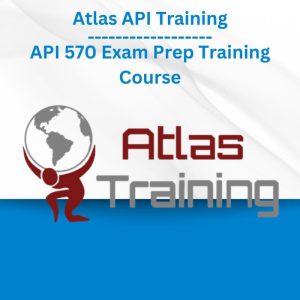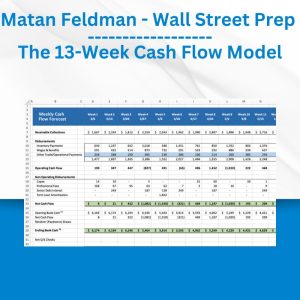*** Proof of Product ***
Exploring the Essential Features of “Align, Activate, Rehabilitate: Where to Start and How to Progress Treatment – Michelle Green – PESI”
Stroke is the leading cause of disability in America. Therapists play a vital role in reducing, or even eliminating, disability resulting from stroke. However, therapists are increasingly pressured to produce better outcomes in a shorter period of time, often with less staff support. The results are generic treatment plans, traditional supine therapeutic exercise prescription, and range of motion or seated group activities.
All of these fail to address the impairments keeping the patient from having success in functional life activities. To reduce disability, therapists must be able to improve functional mobility in activities of daily living such as transferring, walking, dressing, and bathing through better assessment and treatment planning. For maximal recovery in stroke patients, you must be able to accurately determine each patient’s specific impairments that are limiting function. From this, you can develop precise, customized treatment plans that prioritize the impairments and reduce disability quickly and effectively.
In this course, you will expand your intervention “toolbox” by learning to create effective treatments that directly reduce functional limitations for any level of stroke patient, from acute care to community re-entry. This is accomplished without expensive equipment, time-consuming protocols, or labor-intensive techniques. Normal movement requirements are reviewed, which better equip you to efficiently and accurately identify the impairments that are causing dysfunction. Treatment interventions are developed based on motor control and learning principles aimed at integrating cognition, motor ability, and the environment for maximal carryover to functional task performance.
An extensive review of treatments to reduce commonly seen impairments is accomplished through by viewing exercises (you can do yourself at home or in the clinic!), demonstration, and video analysis.
Speaker
Michelle Green, PT, DPT, C-NDT, NCS, is an expert in stroke rehabilitation, with over 20 years of experience helping countless patients recover from neurological conditions. Her background in NDT, Pilates, and yoga has influenced her assessment and treatment approach, providing her with enhanced insight into movement assessment and guided movement re-education.
Dr. Green travels nationally to present seminars on stroke rehabilitation, and she is known for her dynamic, hands-on teaching style. She earned her Doctorate in Physical Therapy from University of North Carolina Chapel Hill, and she teaches as an assistant professor in the DPT program at Campbell University. Her additional interests include education and learning, impairment-based treatment across the lifespan, and application of mind-body practices for improving mental and physical health.
Speaker Disclosures:
Financial: Michelle Green has an employment relationship with Campbell University. She serves on the Curricular Advisory Council Team in the Physical Therapy Department at Ithaca College. Michelle Green also serves as a manuscript reviewer for the Journal of Exercise Science, LSVT Global Student Grant for Treatment Efficacy Studies with Neurologically Impaired Patients, and Journal of Geriatric Physical Therapy. She receives a speaking honorarium and recording royalties from PESI, Inc. She has no relevant financial relationships with ineligible organizations.
Non-financial: Michelle Green is a member of the American Physical Therapy Association. She is the co-chair for the APTA Academy of Neurologic PT On-Line Education Committee and serves on multiple educational committees, for a complete list contact PESI, Inc.
Target Audience
- Physical Therapists
- Physical Therapist Assistants
- Occupational Therapists
- Occupational Therapy Assistants
- Nurses
- Nurse Practitioners
- Physicians
- Physician Assistants
Objectives
- Determine how to assess for patient’s specific impairments that are limiting function after a stroke.
- Develop a precise and customized treatment plan that will prioritize the impairments and can reduce disability quickly and effectively.
Outline
Guiding Principles of Treatment: Align, Activate Rehabilitate
Choosing Positions for Therapy Which Enhance Patient’s Success
Application of Motor Control & Motor Learning Principles to Treatment
Video Case Examples for Treatment Development and Progression
Please see the full list of alternative group-buy courses available here: https://lunacourse.com/shop/









